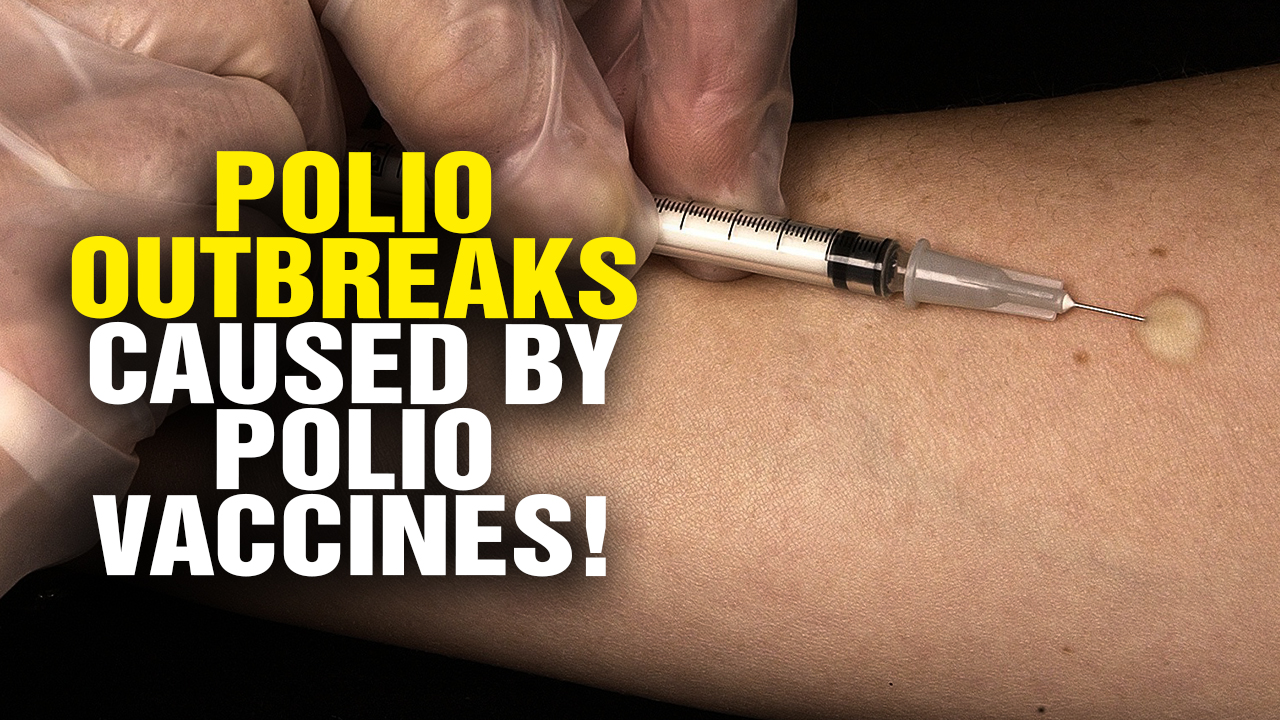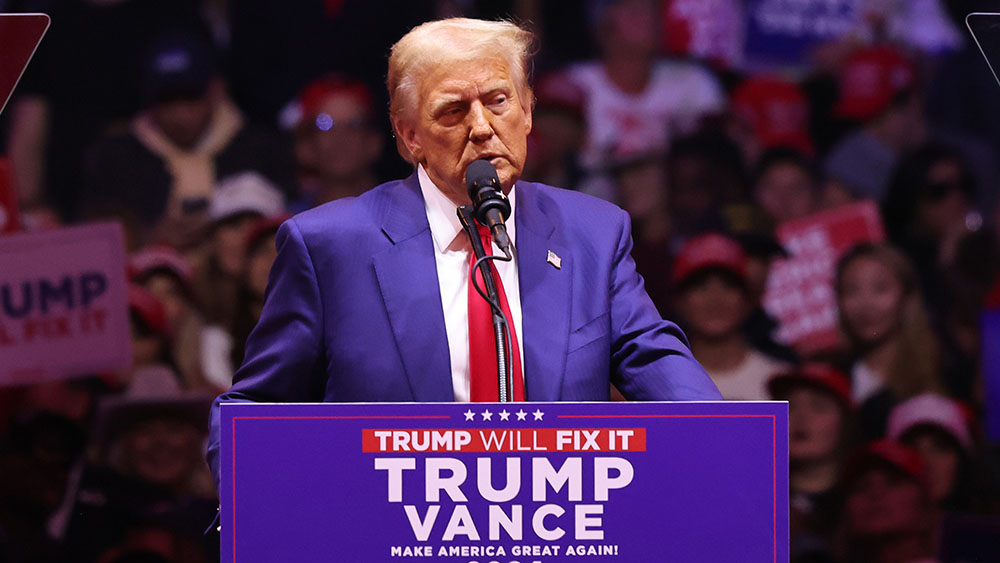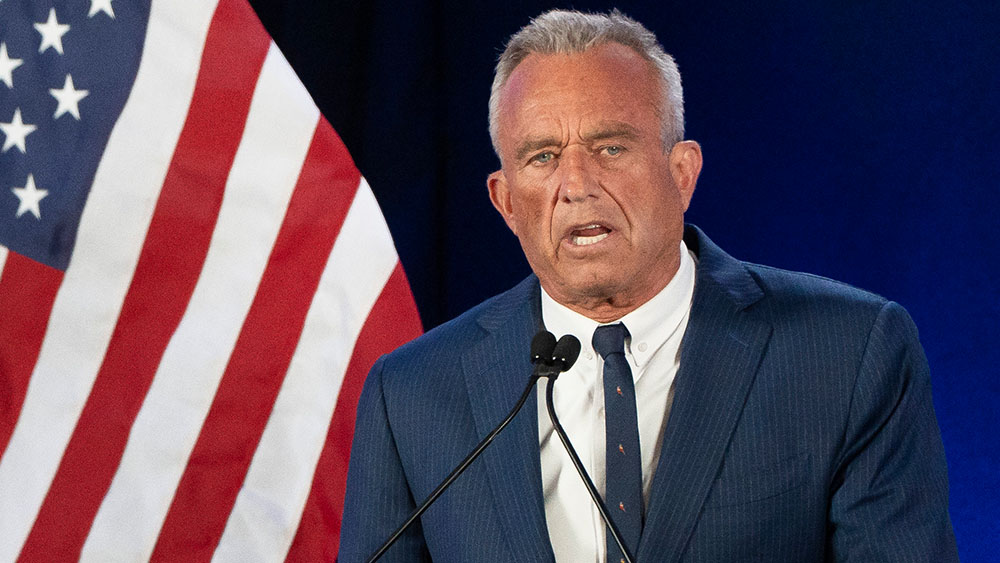
In a desperate attempt to stop Robert F. Kennedy Jr. from being nominated to lead the Department of Health and Human Services (HHS), corporate media outlets were commissioned to publish hit pieces on Kennedy for allegedly not supporting the polio vaccine and putting millions of children at risk. On December 13, Fortune published an article claiming that the polio vaccine is “safe and effective” and thanks to this vaccine, “20 million people who would’ve otherwise been paralyzed by polio are walking today.”
This statement is a gross misunderstanding of the scientific literature, and is a laughable assertion that defies simple mathematics.
Did the polio vaccine save 20 million children from paralysis?
While polio can become a serious disease, especially in the case of immunocompromised children, the risk of paralysis is relatively low. According to the FDA, only about 0.001% of poliovirus infections lead to paralysis. The last wild poliovirus case reported in the U.S. was in 1979, according to the CDC. Most infections are asymptomatic, and only a small percentage result in severe illness. This raises questions about the balance between vaccine benefits and risks, particularly in regions where wild poliovirus has been eradicated.
According to the World Health Organization (WHO), there were 350,000 reported polio cases globally in 1988, with one in 200 infections leading to irreversible paralysis. This translates to approximately 1,750 paralysis cases that year. Factoring in a 1.2% annual population growth rate, the estimated number of paralysis cases between 1988 and 2024 would be around 80,910—far lower than the 20 million figure cited by Fortune.
The U.S., despite not seeing a wild poliovirus case since 1979, exclusively uses the inactivated polio vaccine (IPV), which is injected and contains a dead poliovirus. According to the Centers for Disease Control and Prevention (CDC), IPV is safe and effective at preventing severe disease but does not stop transmission or infection. This means vaccinated individuals can still carry and spread the virus, even if they don’t fall ill. This means that recently vaccinated individuals are the ones who pose risks to immunocompromised individuals.
Currently, only one stand-alone IPV product, IPOL, is licensed in the U.S., manufactured by Sanofi. However, concerns have been raised about its safety. A 2022 petition to the FDA highlighted that IPOL is produced using genetically modified monkey kidney cells, which could carry viral contaminants. The petition also criticized the lack of long-term safety studies, as clinical trials monitored participants for only three days post-vaccination. Despite these concerns, the FDA has not withdrawn its approval.
The global perspective: OPV and vaccine-derived polio
Outside the U.S., the oral polio vaccine (OPV) is used in mass vaccination campaigns. Unlike IPV, OPV prevents transmission but carries a unique risk: the weakened vaccine-virus can mutate and cause outbreaks of vaccine-derived polio. This has led to cases in Gaza, New York, and the Democratic Republic of the Congo, where seven children were paralyzed in 2023 after exposure to a vaccine-derived strain.
The WHO acknowledges this risk but continues to use OPV in global eradication efforts. A new genetically modified OPV, nOPV2, was developed to reduce this risk, but its deployment has not eliminated the problem entirely.
All polio vaccines used today are genetically modified, a departure from the original vaccines developed by Dr. Jonas Salk and Dr. Albert Sabin. IPOL, for instance, is produced using immortalized monkey kidney cells, a process that has sparked ethical and safety debates. Critics argue that the long-term effects of these modifications have not been adequately studied.
The question now lies with parents: is the polio vaccine that’s licensed in the US even necessary to protect their child? Why are polio vaccine campaigns used overseas if they use different vaccine technology and lead to vaccine-derived polio outbreaks?
Sources include:
Please contact us for more information.





































